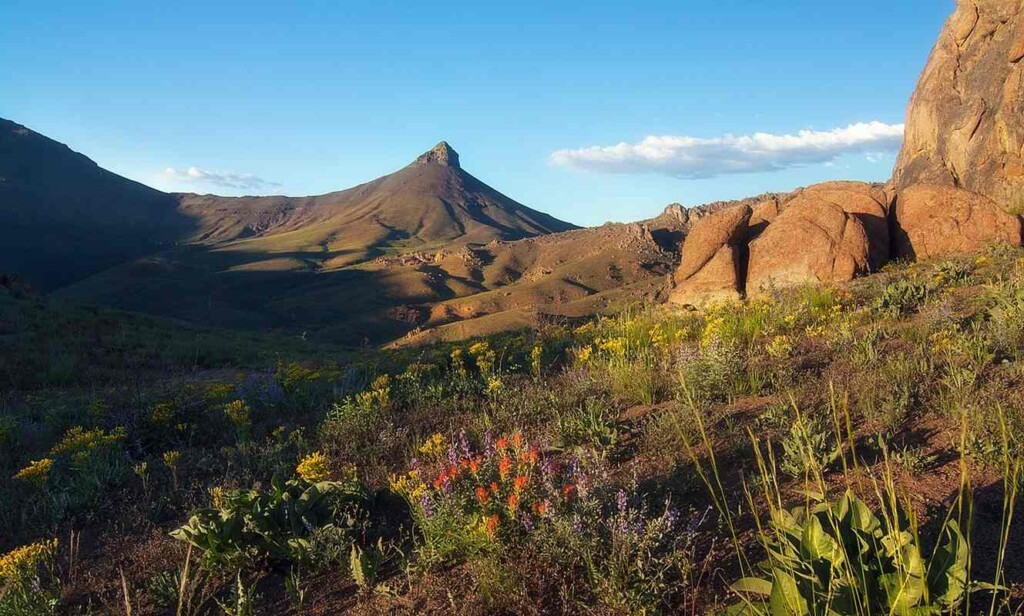
If even half of the lithium that’s estimated to exist in the McDermitt caldera is mined, it would change the world. Full stop.
Early this year, GNN reported that massive lithium reserves totaling 5.9 million metric tons were discovered in the Indian mountains near Kashmir which put them among the highest known lithium reserves on Earth by country.
The McDermitt caldera reserves are almost 700% larger—40 million metric tons, 13 million more than the known reserves of every lithium-producing mine on Earth.
With every manufacturing nation running around for lithium to make batteries and computer chips, any additional source is highly anticipated.
Up until now, large deposits have been found all around the world, but Bolivia is believed to hold the highest at between 16 to 21 million metric tons. However, political turmoil and low development rates have interfered with getting their reserves out of the ground.
“If you believe their back-of-the-envelope estimation, this is a very, very significant deposit of lithium,” Anouk Borst, a geologist at KU Leuven University, told journalist Anthony King. “It could change the dynamics of lithium globally, in terms of price, security of supply, and geopolitics.”
A new analysis of the in situ lithium reveals that the sediments of the McDermitt caldera include a unique claystone composed of the mineral illite that could contain as much as 2.4% lithium by composition, which is higher than the more widely extracted magnesium smectite.
The claystone formed after incredible amounts of alkaline magma, about 1,000 times more magma than Mount St. Helens in 1980, was blasted out of the volcano, located on the border with Nevada and Oregon. Cooling down, it formed ignimbrite, which eroded away at the crater floor to produce lithium-rich particles.
After which, a lake formed in the crater which collected the lithium in mineral-rich clay at the bottom before another eruption mixed in a lithium-containing alkaline brine.
OTHER ECONOMIC BOONS: Nothing Restores a River or Local Economy Like Removing a Dam
Mining at the deposit is likely to begin in 2026, having been now thoroughly surveyed by the Lithium Americas Corporation.
As well as securing a supply line of this valuable mineral to US manufacturing, it allows for quality control concerning both environmental and labor practices.
MORE MINING NEWS: Mining Zinc, Nickel, and Cobalt from Plants: “Phytomining” is the Sustainable Future
With so few available lithium suppliers, manufacturers often don’t have the luxury of being able to ensure their supply chains are free of practices like debt slavery, child labor, environmental pollution, or other problems that have been known to plague mineral supply chains like cobalt.
With a concentrated supply from Nevada-Oregon, manufacturers can avoid supporting exploitative operations elsewhere.
SHARE This Big Big Economic And Manufacturing Announcement…




















